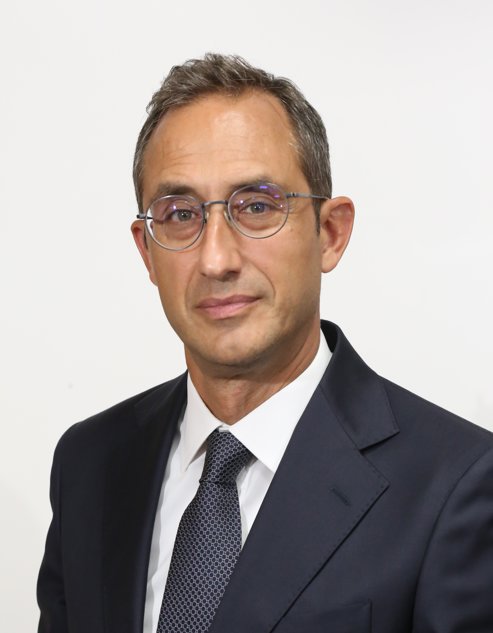The circular economy: a key factor in a sustainable energy market
- Date
- November 28, 2023
- Category
- Impact

A series by Executive VP Mario Cincotta: 'Localisation, circularity and technology: the three key factors of a sustainable energy market'
The global energy industry is no stranger to uncertainty and the challenges we face today have arguably never been greater.
The transition to net zero requires companies to adapt rapidly to demands for clean, affordable energy. Our operations are rightly expected to be sustainable and in tune with environmental, social and corporate governance (ESG) metrics.
Amid the complexities of a fast-changing energy landscape, we must strive to deliver the best possible service and value. But complex challenges do not necessarily demand complicated answers.
Simplicity is a skill, not just a value, and companies such as EthosEnergy are using this approach as an integrated services partner to deploy effective engineering solutions and remove complication - by harnessing the power of localisation, safely extending the life cycle of assets and always keeping people at the heart of operations.
Sustainability and the circular economy
The move to net zero demands more than a global shift to renewable energy. Technologies must also be manufactured and managed during their life cycle in the most environmental, economic, and sustainable ways. According to the latest Circularity Gap Report, a global circular economy will allow us to meet society's needs with only 70 per cent of the materials we now extract and use, moving human activity back within the safe production limits of the planet.
Yet, we appear to be moving in the opposite direction. A rise in material extraction means the global economy is now just 7.2 per cent circular, worse than five years ago when the rate of recycling materials back into the global economy stood at 9.1 per cent. It is clear that we have much work to do.
For many companies, this will require a fundamental shift in their business model, from a throwaway culture of take-make-dispose - which feeds the cycle of production - to one of use and reuse. Understanding that we should seek, wherever possible, to maintain components, and thereby extend the life cycle of assets, will lead to reductions in materials extraction, pollution and the release of damaging greenhouse gases that fuel the climate crisis.
Proprietary technologies developed by EthosEnergy are addressing this need. These include EcoView, the industry’s first Life Cycle Assessment solution for gas turbine rotors that enables full visibility of environmental impact and a quantifiable reduction in CO2 emissions. And our rotor life extension programme is keeping our customers' assets operational for longer while meeting the industry's rigorous safety standards - ultimately making Maintenance Smarter, reducing the of out-of-service frequency and costly replacements.
Mario Cincotta
EXECUTIVE VICE PRESIDENT
Mario Cincotta, Executive Vice President, has strategic and operational leadership for the East Hemisphere. Mario is based in Italy, and reports into CEO Ana Amicarella.
He brings with him 25 years of experience across the energy industry having spent 20 years with the GE Energy business in various leadership roles prior to his former position.

Looking to find our more?
View our hand-picked service pages, dedicated to our Rotor Life Extension program and our Life Cycle Assessment, EcoView™, to learn more about our carbon-friendly and cost efficient decision to reuse versus manufacture new.
-
Rotor Life Extension
Proven and reliable end of life solutions for aging fleets, including heavy duty gas turbine frame B, E, and F class as well as mature Westinghouse units.
-
EcoView™
Introducing the industry’s first LCA solution for gas turbine rotors from EthosEnergy, that allows you to view your turbine through a sustainable lens.